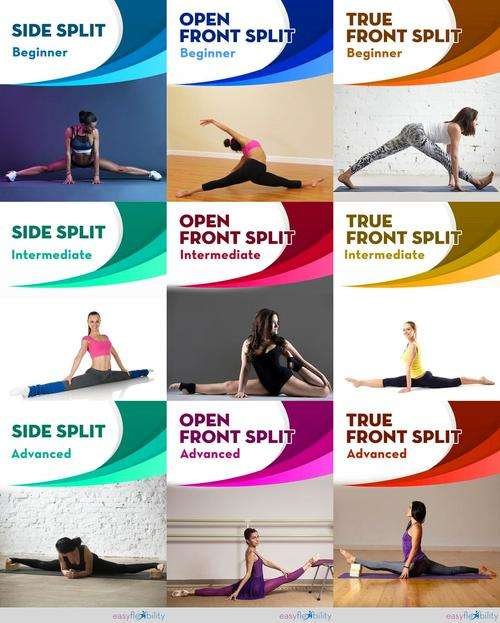Why can I do one type of split, why can’t I do all of them? Part 3
Feb 14, 2019

In the last two articles, we talked about the Middle split (side split) and a True split (squared front split).
Today we’ll talk about the two types of Front splits. True or squared front split and Open or turned out front split.
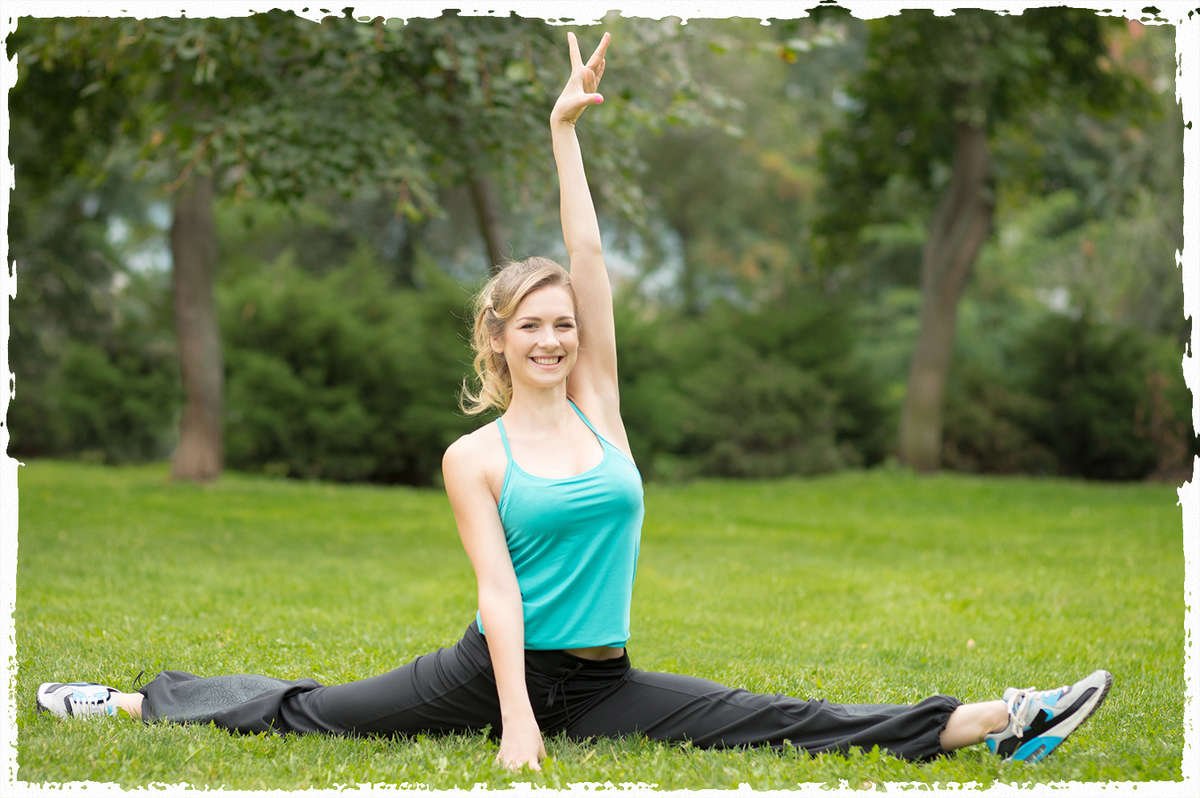
Open
Front Split
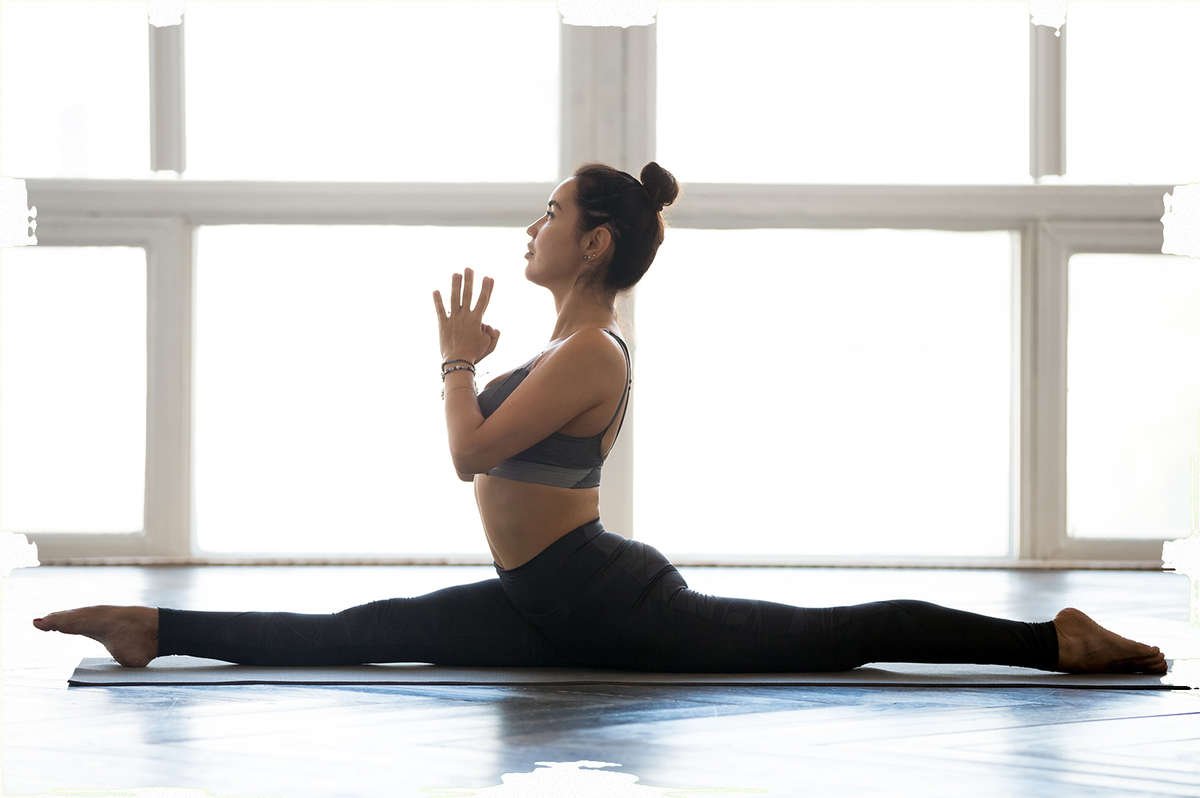
True
Front Split
I often ask this question: If we can only train one split today. Which one would you choose? The answer is 4/5 times… True Front Split.
For experience, I know that most people think that if they can do a Squared one, they can also get the turned out one without doing much.
However, this is not always the case.
Most people who can do a TFS, will switch into an OFS, by moving the hip of the rear leg back. This way they can rely on the front leg more. And because of the above mention adjustment places less stress on the commonly tight lateral hamstrings, the medial hamstring can be stretched deeper.
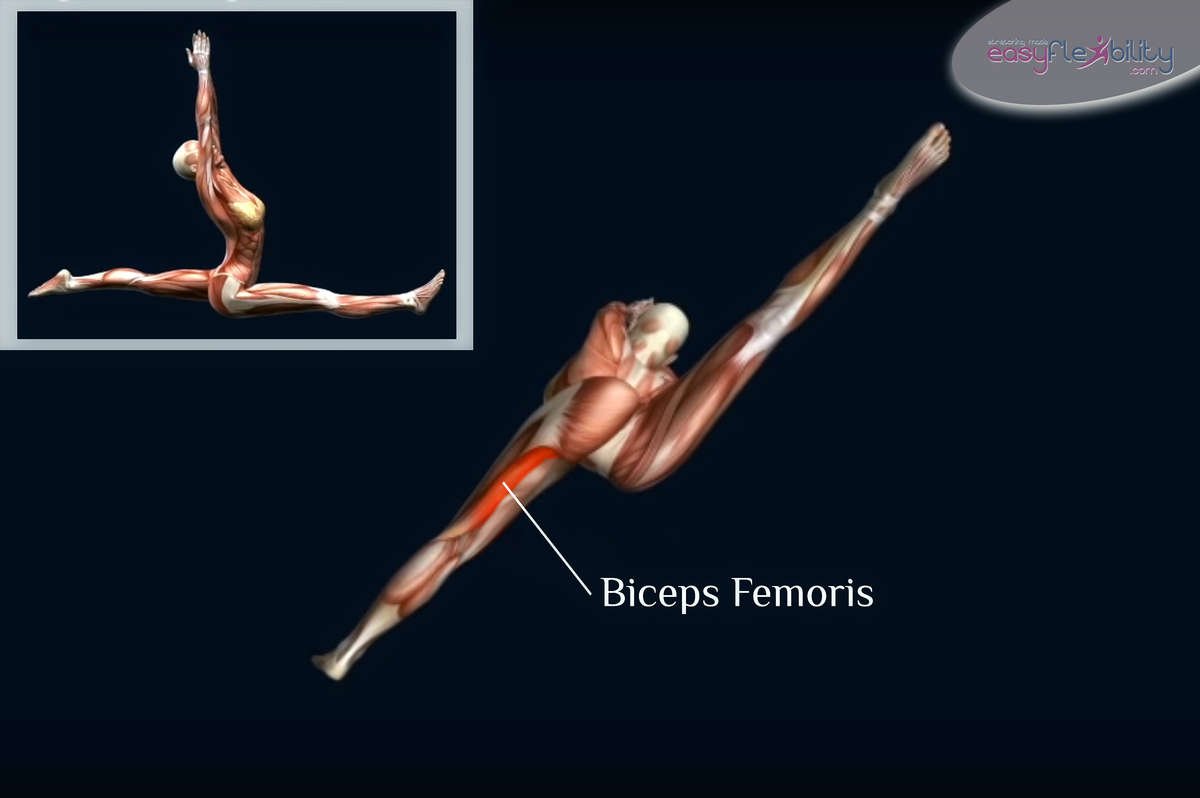
In other words, by moving one side of the pelvis behind the other, the front hip becomes abducted or flexed/abducted, and not purely flexed. (Anatomic flexion is moving the quadriceps toward the abdomen, not to be confused with dance terms extension, which often means the same thing)
This allows the back hip both lift and naturally turnout. Depending on the skill required, this may be a good or a poor adjustment.
While a martial artist would do well with this position, a dancer would need to compensate with a torso, if she wants it facing forward. In other words, she should need to turn the back shoulder toward the front leg, in order to square her position. An example of this would be Penche or Grand Jete.
If the torso to remained perfectly squared without spinal rotation, the back leg needs to turn out. This of course places more stretch on the 4 adductors and pectineus.
When tested, not everyone who can do a perfect TFS, were able to simply turn the rear leg out.
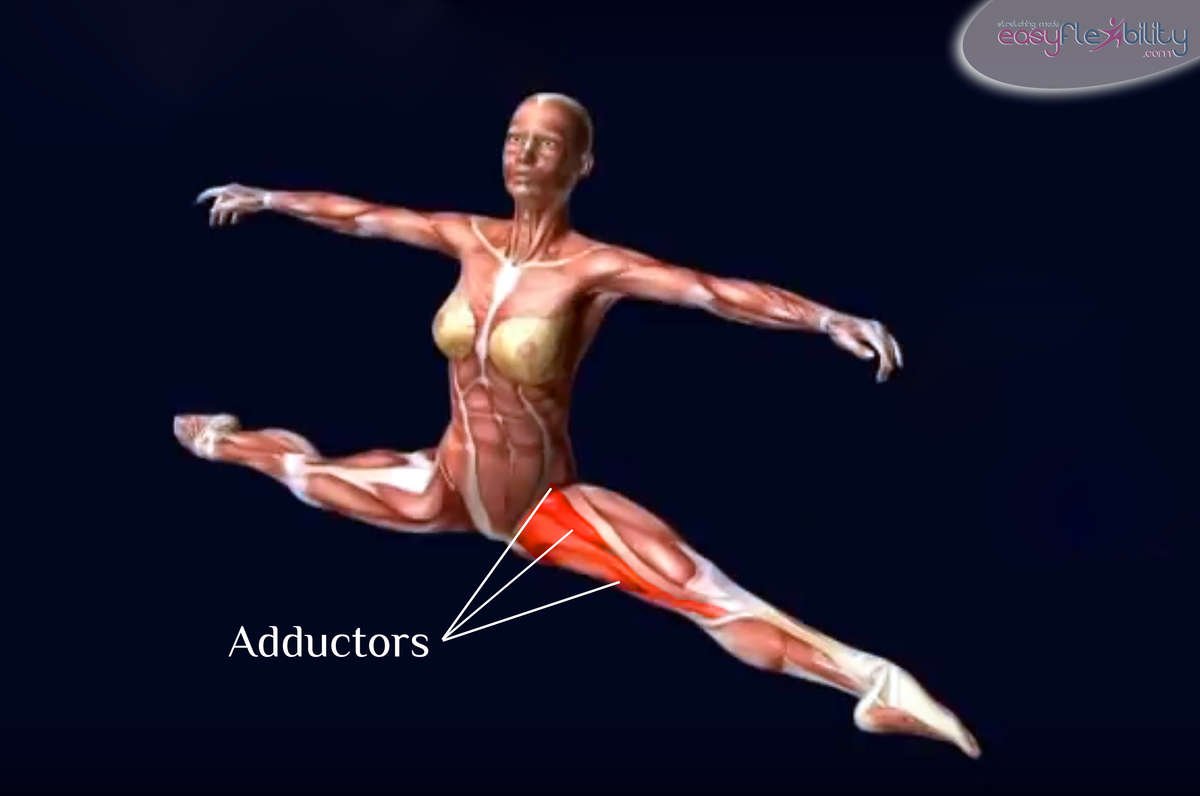
And while we have the whole program, here is a sample ZST (Zaichik Stretching Technique) called ~Equilibrum~, which helps to convert a TFS into an OFS.
Interested in full mastering a split, with every muscle properly stretched? Try our programs:

